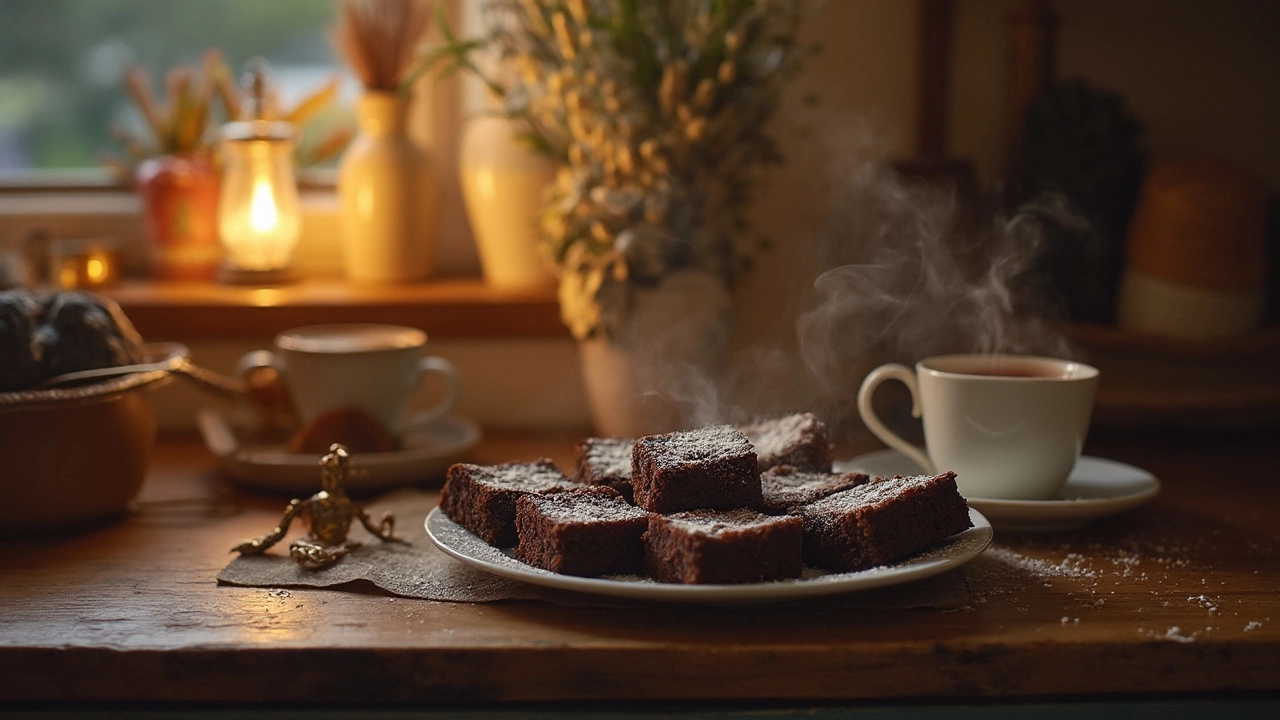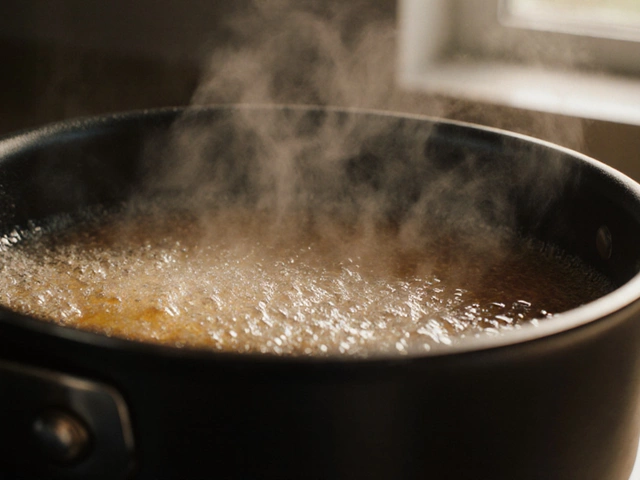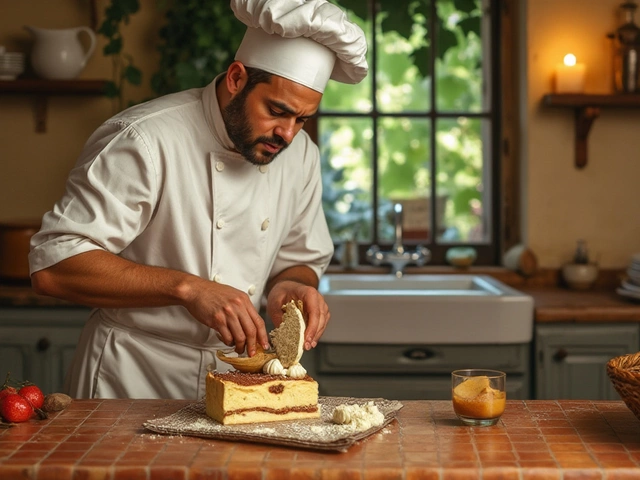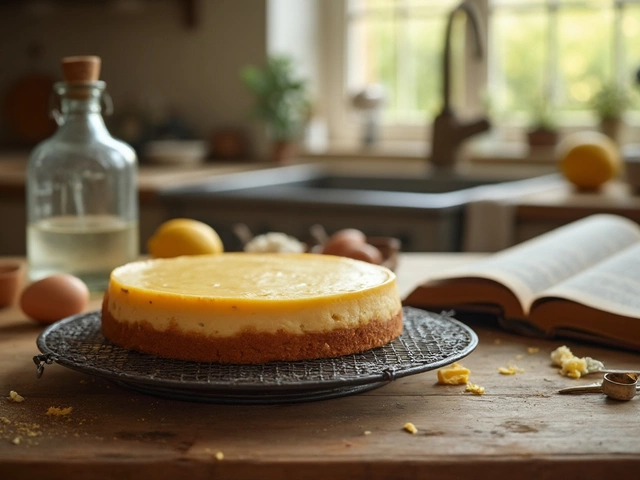Cooling Tips to Keep Your Cakes, Brownies & Desserts Perfect
When the oven timer dings, the work isn’t over. How you cool a baked good decides if it stays airy, moist, or turns into a soggy mess. Below are real‑world tips you can use right after pulling a cake, brownie batch, or macaron tray from the oven.
Why Proper Cooling Matters
Heat continues to cook the interior for a few minutes after you take the pan out. If you cut too soon, the crumb can crumble and the frosting may melt. For brownies, cooling on a wire rack lets steam escape, so the edges stay chewy instead of gummy. With delicate macarons, a slow cooldown prevents the shells from cracking. In short, the right cooling step locks in flavor, texture, and appearance.
Easy Cooling Methods for Different Desserts
Cakes: Leave the cake in the pan for 10–15 minutes. This lets the structure set, making it easier to lift without breaking. Then run a thin knife around the edges, flip the cake onto a cooling rack, and let air circulate under the base. If you’re frosting a layer cake, chill the layers for 20 minutes first – the buttercream will stay smooth.
Brownies: After cutting the pan, keep the brownies on the pan for a few minutes to let the bottom set. Then transfer the whole slab onto a wire rack. If the recipe calls for a frosting or glaze, let the brownies cool completely before spreading – otherwise the topping will run.
Macarons: Once they’re baked, tap the tray gently to release them. Place the shells on a parchment‑lined rack and let them sit at room temperature for at least 30 minutes. This gradual cooldown keeps the smooth tops from sweating.
Cheesecakes & Frosted Brownies: These need extra care. Chill them in the refrigerator for at least an hour before cutting. The colder surface holds the frosting or crust together, and the filling stays firm.
Vegan & Gluten‑Free Treats: They often have different moisture levels. Use a silicone mat or parchment paper on the rack to avoid sticking, and give them a few extra minutes on the rack to let excess moisture evaporate.
Quick tricks you can add: fan the cooling area with a small handheld fan, or place a dry towel under the rack for a gentle breeze. If you’re short on space, a double‑layer cooling rack works well – the bottom layer catches drips while the top layer gets airflow.
Remember, the goal isn’t just to get the food cold; it’s to preserve the texture you worked hard to create. Follow these steps, and your cakes will stay light, brownies will stay chewy, and macarons will stay crisp on the outside and soft inside.
Now that you’ve got the basics, try them out on your next bake. You’ll see the difference in just a few minutes, and your friends will think you’re a cooling pro.






